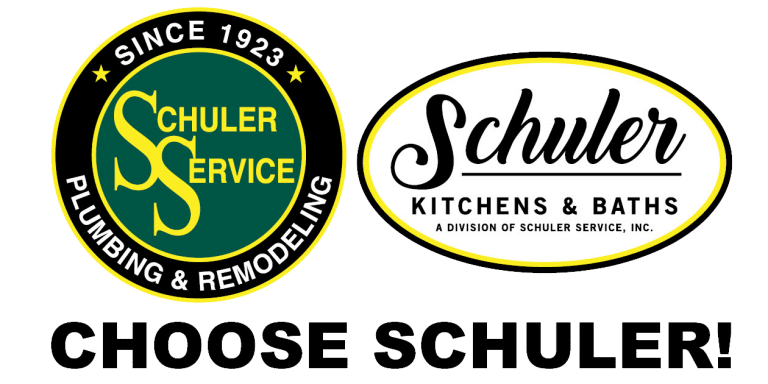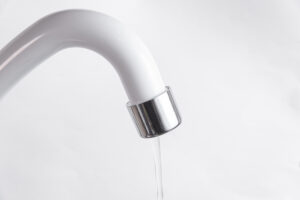What Plumbing Devices Could You Use to Prevent Backflow?
If you’ve never dealt with a backflow issue in your home, then I am genuinely happy for you. If you have dealt with an emergency plumbing problem before, you probably wouldn’t wish it on your worst enemy… Well, maybe you would.
The fact is that backflow is not only an annoyance to clean up, it is also a serious threat to your health and the health of your loved ones who live with you. To prevent backflow from happening in your home, continue reading and educate yourself on various backflow prevention devices that are available to you as options for protecting your family’s health.
First of All, What is Backflow?
 Backflow is the name for the phenomenon that happens when the flow of sewage water leaving your home reverses and backtracks into your clean water supply lines.
Backflow is the name for the phenomenon that happens when the flow of sewage water leaving your home reverses and backtracks into your clean water supply lines.
This puts your family at risk of exposure to unsanitary drinking water that could contain bacteria such as E-Coli and Cryptosporidium.
Installing a backflow prevention device can stop the process of backflow before it contaminates your drinking water supply. Backflow prevention devices are also required by law since backflow is also a threat to public water supplies.
You Could Use a Tundish to Create an Air Gap
 One way to prevent backflow is to create an air gap in the cross sections where the backflow is likely to occur. The air gap won’t stop the sewage water from reversing its flow.
One way to prevent backflow is to create an air gap in the cross sections where the backflow is likely to occur. The air gap won’t stop the sewage water from reversing its flow.
However, it will stop the backflow from entering into potable water lines. Air gaps can be created by installing a device called a tundish.
A tundish is usually installed near the pressure release valve and can come in a range of angles, sizes, and shapes, so they fit just about any pipe system. It is convenient because it works in virtually any plumbing system. They are also notable for their ability to prevent back pressure, which is a common cause of backflow.
Or a Pressure Vacuum Breaker
 When a change in the pressure within your pipes can also cause backflow. If the air pressure in a pipe becomes higher than the water pressure, then the reduced water pressure will stop pushing the sewage water forward.
When a change in the pressure within your pipes can also cause backflow. If the air pressure in a pipe becomes higher than the water pressure, then the reduced water pressure will stop pushing the sewage water forward.
This cause it to slip backward in the pipe, reversing the flow. This process can be avoided by installing a pressure vacuum breaker in your system.
Pressure vacuum breakers consist of a vented chamber, a pressure gauge, and an air inlet valve. Under normal circumstances, the pressure gauge will let water pass without opening the air inlet valve. If there is an imbalance of pressure in the pipe, though, the vented chamber will open and close the inlet valve to restabilize pressure and preventing backflow.
Just Make Sure to Choose The Best One For Your Hose
 How do you choose between a tundish air gap and a pressure vacuum breaker to prevent backflow in your home?
How do you choose between a tundish air gap and a pressure vacuum breaker to prevent backflow in your home?
The choice comes down to where you live, and what the exact needs of your home and plumbing system are. In Allentown, a pressure vacuum breaker may not be the best option, as these devices don’t do well in cold winters.
Whatever device you decide to install in your home, let Schuler Service help you keep yourself and your loved ones safe from backflow with our backflow testing and certification services!








